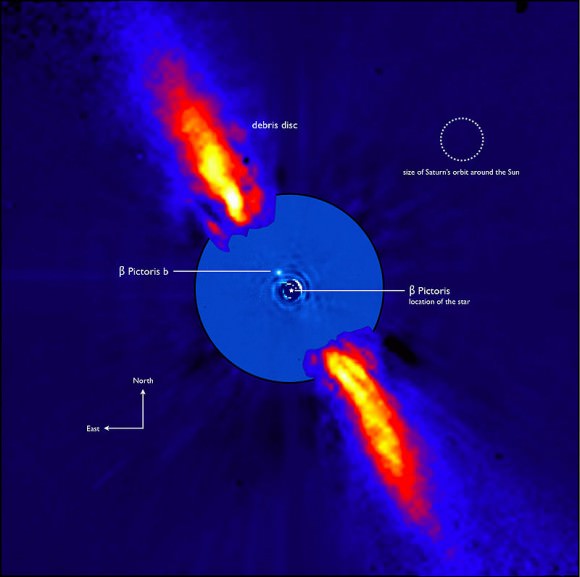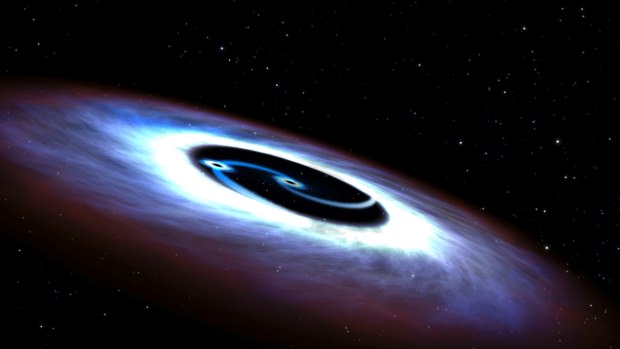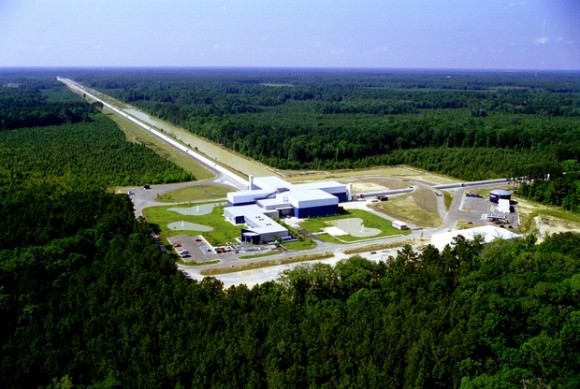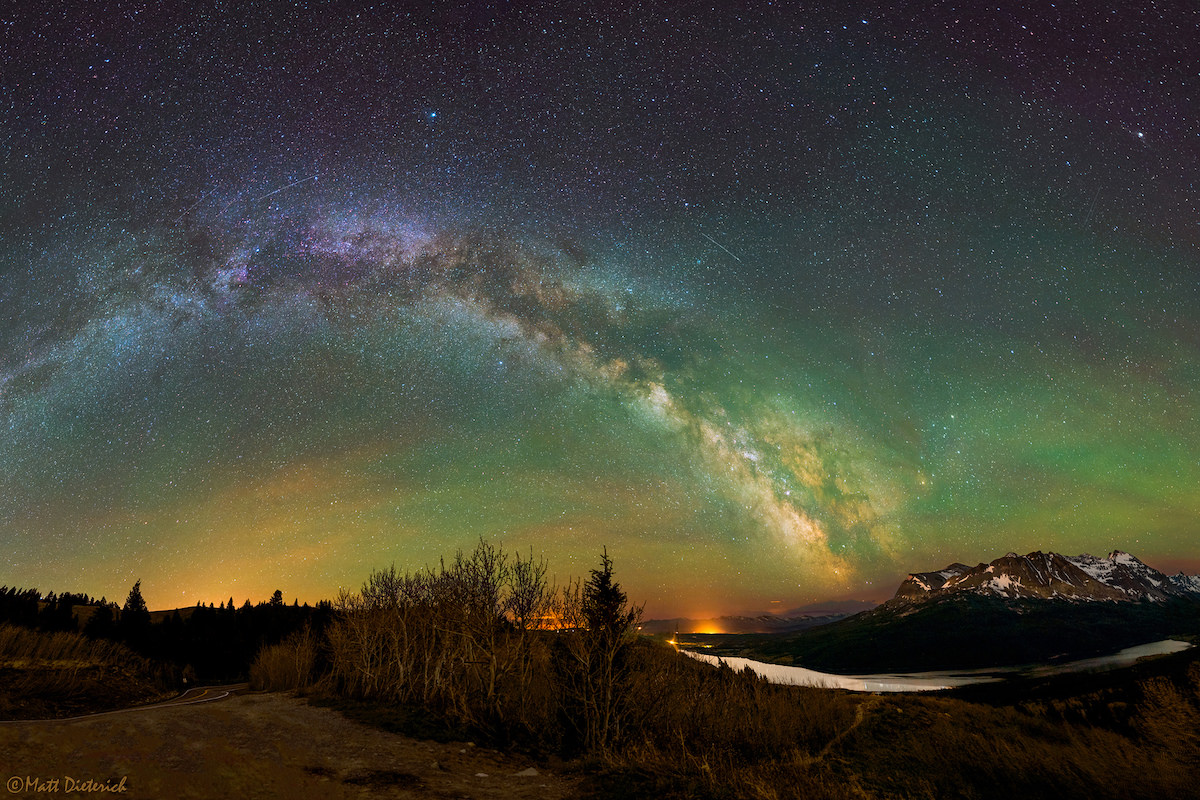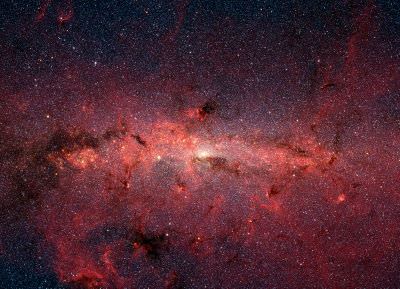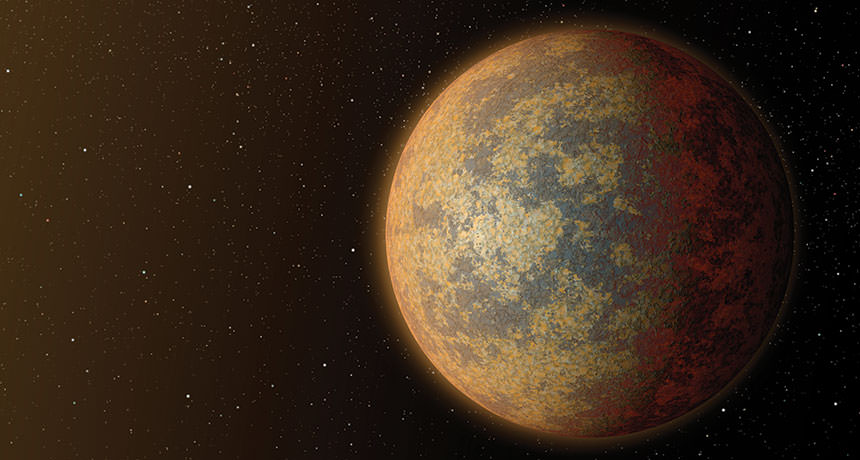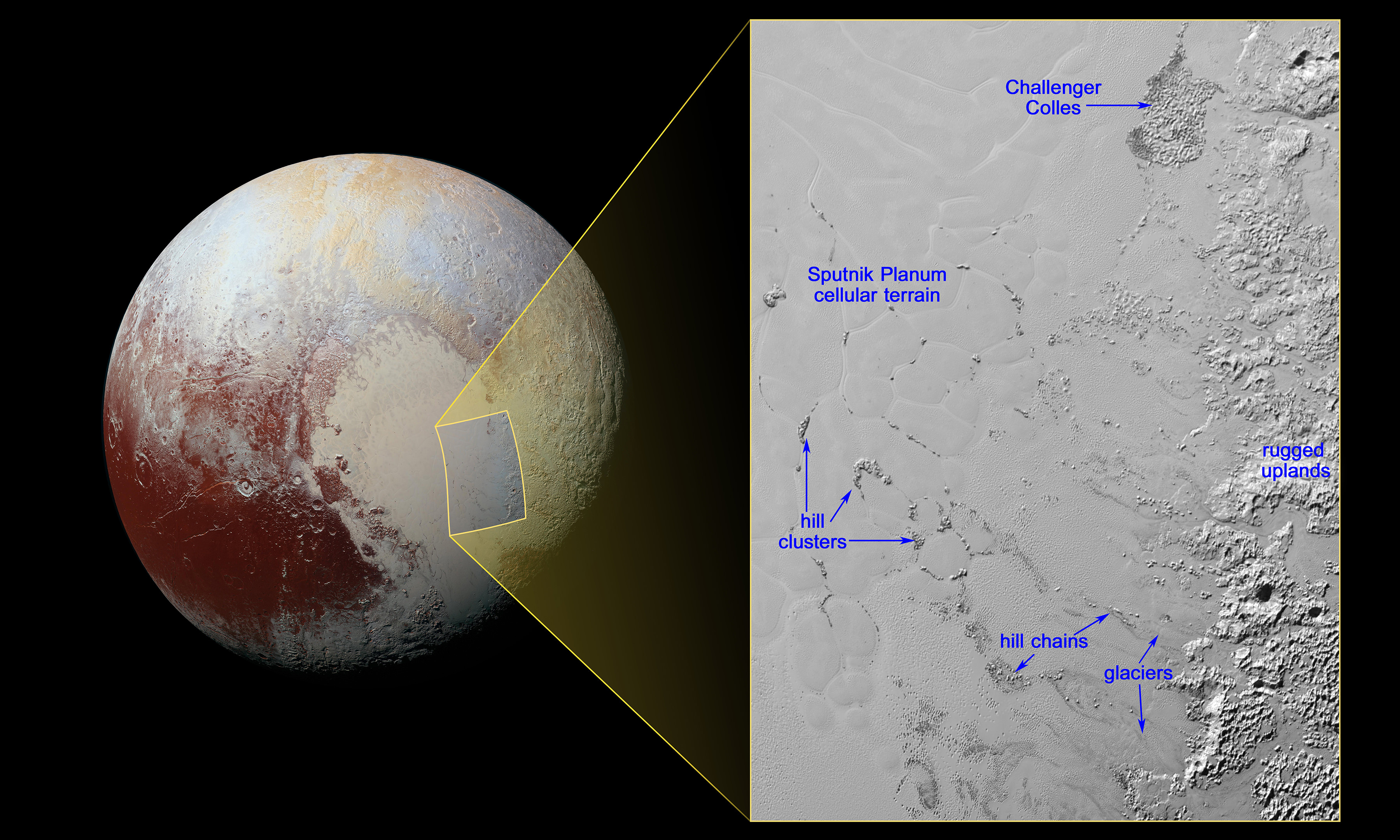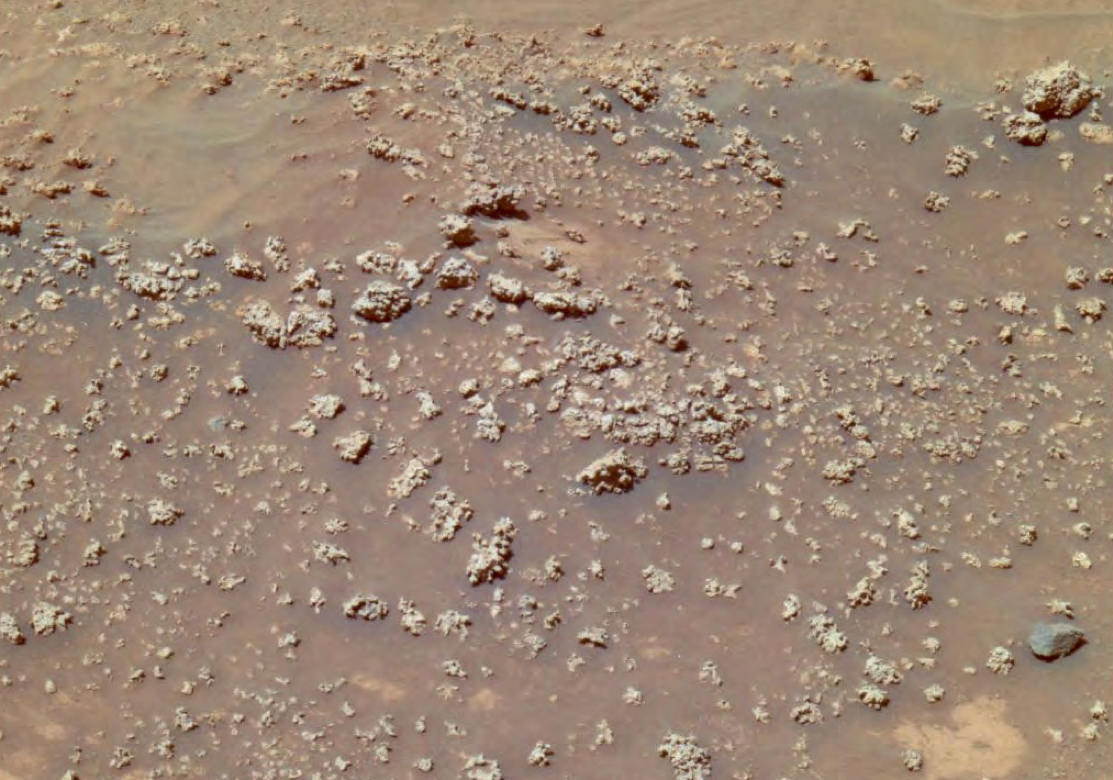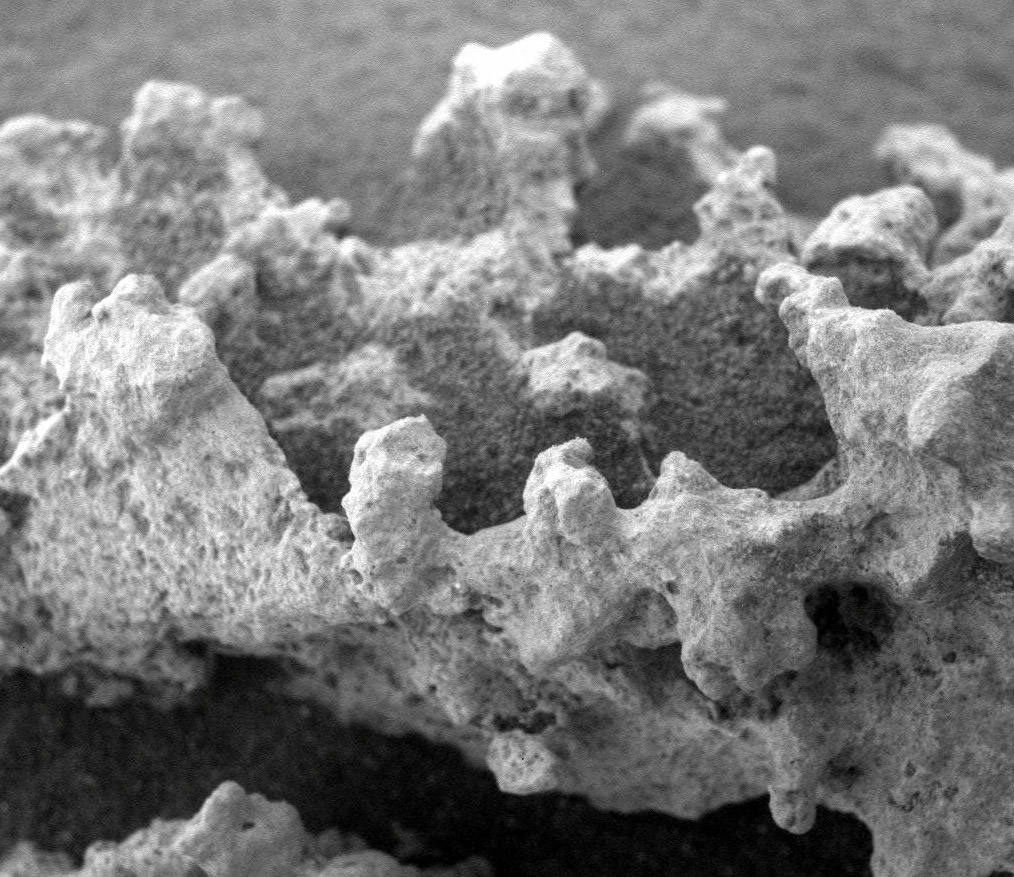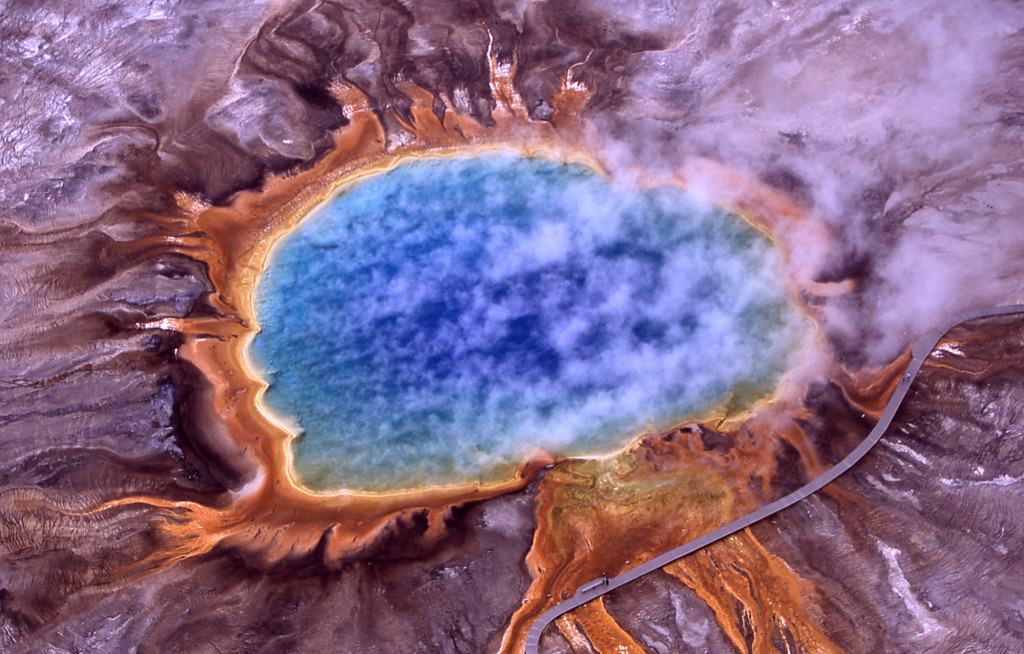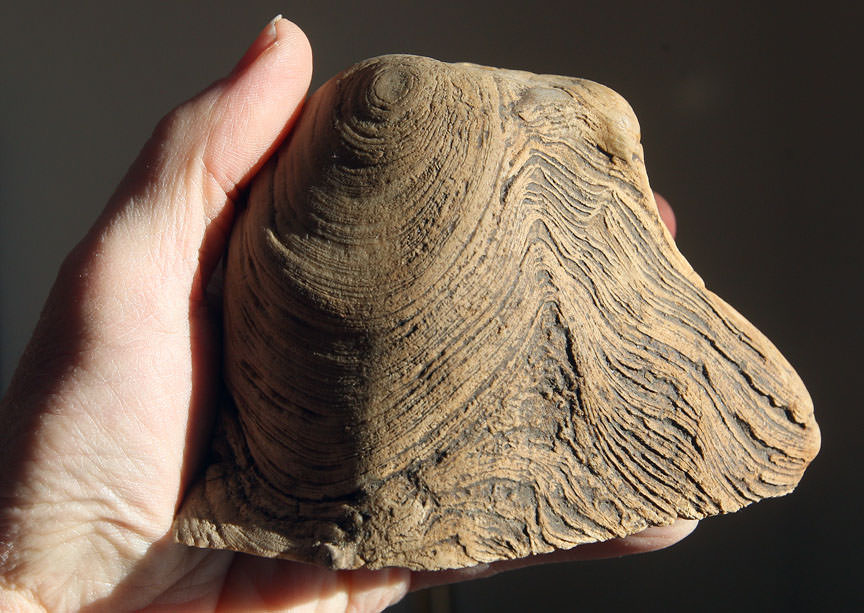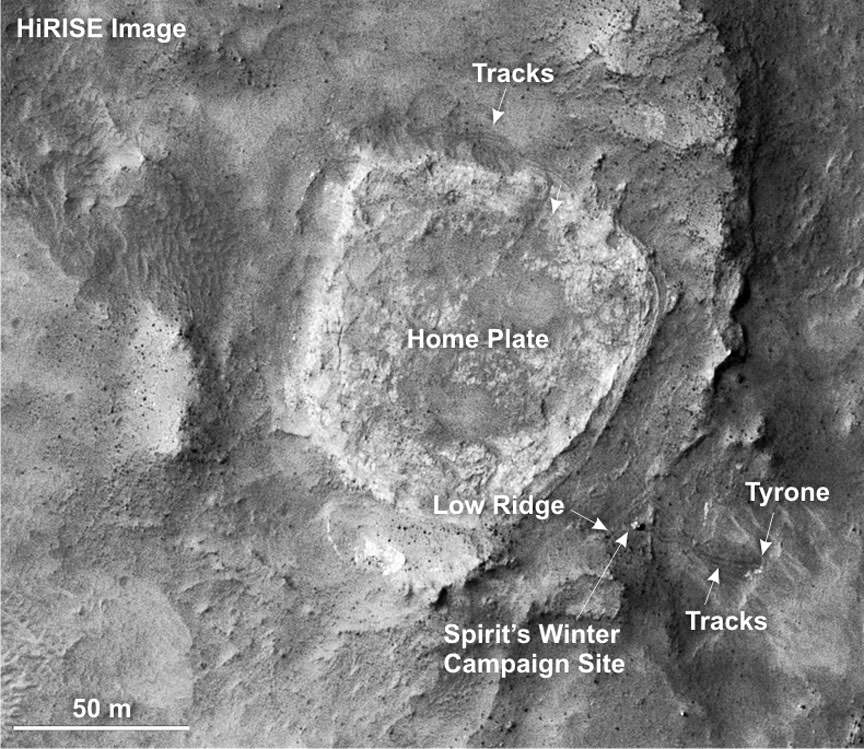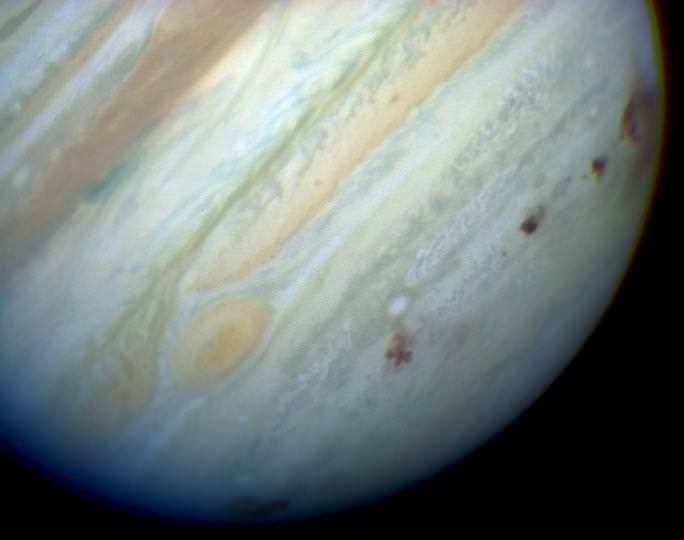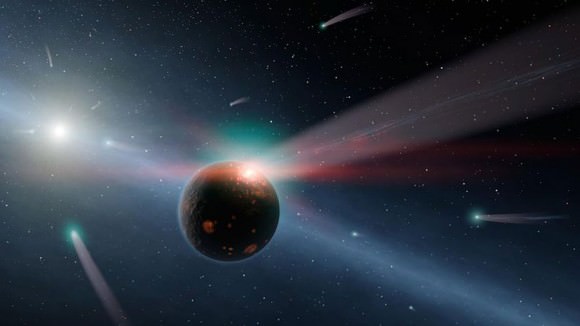Elon Musk has always been up-front about his desire to see humans settle on the Red Planet. In the past few years, he has said that one of his main reasons for establishing SpaceX was to see humanity colonize Mars. He has also stated that he believes that using Mars as a “backup location” for humanity might be necessary for our survival, and even suggested we use nukes to terraform it.
And in his latest speech extolling the virtues of colonizing Mars, Musk listed another reason. The Hyperloop – his concept for a high-speed train that relies steel tubes, aluminum cars and maglev technology to go really fast – might actually work better in a Martian environment. The announcement came as part of the award ceremony for the Hyperloop Pod Competition, which saw 100 university teams compete to create a design for a Hyperloop podcar.
It was the first time that Musk has addressed the issue of transportation on Mars. In the past, he has spoken about establishing a colony with 80,000 people, and has also discussed his plans to build a Mars Colonial Transporter to transport 100 metric tons (220,462 lbs) of cargo or 100 people to the surface of Mars at a time (for a fee of $50,000 apiece). He has also discussed communications, saying that he would like to bring the internet to Mars once a colony was established.
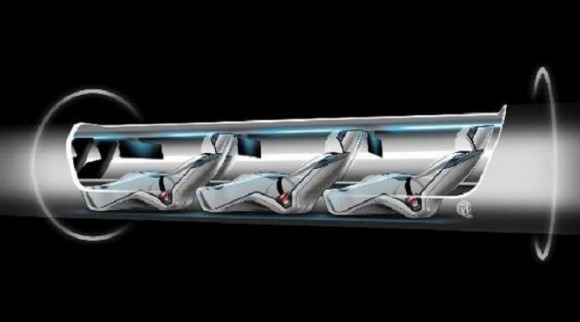
But in addressing transportation, Musk was able to incorporate another important concept that he has come up with, and which is also currently in development. Here on Earth, the Hyperloop would rely on low-pressure steel tubes and a series of aluminum pod cars to whisk passengers between major cities at speeds of up to 1280 km/h (800 mph). But on Mars, according to Musk, you wouldn’t even need tubes.
As Musk said during the course of the ceremony: “On Mars you basically just need a track. You might be able to just have a road, honestly. [It would] go pretty fast… It would obviously have to be electric because there’s no oxygen. You have to have really fast electric cars or trains or things.”
Essentially, Musk was referring to the fact that since Mars has only 1% the air pressure of Earth, air resistance would not be a factor. Whereas his high-speed train concept requires tubes with very low air pressure to reach the speed of sound here on Earth, on Mars they could reach those speeds out in the open. One might say, it actually makes more sense to build this train on Mars rather than on Earth!
The Hyperloop Pod Competition, which was hosted by SpaceX, took place between Jan 27th and 29th. The winning entry came from MIT, who’s design was selected from 100 different entries. Their pod car, which is roughly 2.5 meters long and 1 meter wide (8.2 by 3.2 feet), would weight 250 kg (551 lbs) and be able to achieve an estimated cruise speed of 110 m/s (396 km/h; 246 mph). While this is slightly less than a third of the speed called for in Musk’s original proposal, this figure representing cruising speed (not maximum speed), and is certainly a step in that direction.

And while Musk’s original idea proposed that the pod be lifted off the ground using air bearings, the MIT team’s design called for the use of electrodynamic suspension to keep itself off the ground. The reason for this, they claimed, is because it is “massively simpler and more scalable.” In addition, compared to the other designs’ levitation systems, theirs had one of the lowest drag coefficients.
The team – which consists of 25 students with backgrounds in aeronautics, mechanical engineering, electrical engineering, and business management – will spend the next five months building and testing their pod. The final prototype will participate in a trial run this June, where it will run on the one-mile Hyperloop Test Track at SpaceX’s headquarters in California.
Since he first unveiled it back in 2013, Musk’s Hyperloop concept has been the subject of considerable interest and skepticism. However, in the past few years, two companies – Hyperloop Transportation Technologies (HTT) and Hyperloop Technologies – have emerged with the intention of seeing the concept through to fruition. Both of these companies have secured lucrative partnerships since their inception, and are even breaking ground on their own test tracks in California and Nevada.
And with a design for a podcar now secured, and tests schedules to take place this summer, the dream of a “fifth mode of transportation” is one step closer to becoming a reality! The only question is, which will come first – Hyperloops connecting major cities here on Earth, or running passengers and freight between domed settlements on Mars?
Only time will tell! And be sure to check out Team MIT’s video:
Further Reading: SpaceX, hyperloop.it.edu



